How to Squat – Tip #4 – Fewest Steps Possible
How to Squat Training Series
In this fourth video, next to last in the series, we will talk about fewest steps possible.
Tip #4 – Fewest Steps Possible
This tip is so important for many reasons. Some of which include; safety, proficiency of movement, systematic and efficiency. The goal is to move from the rack, to your spot for squatting in two steps. This means your feet should be set in the proper width, at the right angle and ready to go.
Safety
When you are handling heavy weight on your back there is a potential for injury. This is a fact that you can’t get around. So it is logical to want to move slowly, confidently and minimally. There are potential balance issues, joint integrity issues and core stability issues.
Proficiency of Movement
This is another example of efficiency of movement and a lesson of perfect practice. If we practice taking the fewest steps possible when un-racking the bar with our sub-maximal squat training, it will become automatic with the maximal efforts. Proficiency of movement means executing the strength training movement pattern without variation or “leakage” of tension.
Systematic
As stated previously, when performing a complex movement it benefits the lifter if we can break it down into “smaller segments”. These smaller segments become the coaching cues (think mantra) that the lifter can repeat over and over in their head during the movement. For example:
1. Elbows down, chest up
2. Tension on the lats
3. Hips Back
4. Spread the knees
Now it is becoming very clear. All of these squat training tips are starting to link together and build our mantra.
Efficiency (Reserving Energy)
Instead of thinking of squatting as a bar on your back, think of it as tension on the body. This tension awakens the CNS (central nervous system) and engages a certain amount of motor units and muscle fibers; dependent upon the intensity (load) of the effort. If your walk out from the rack takes you upwards of 10-15 seconds of bobbling, re-stabilizing and setting up, you are wasting essential energy stores and fatiguing the CNS. This is the exact opposite of what you should be doing. You should get into your setup with the most amount of potential CNS excitability and available energy (ATP/CP) for the effort.
Coaching Cues
Remember, efficiency of movement and use these squat tips as your step-by-step guide as you perform the lift.
Stay tuned for Tip#5 (the final installment) in the “How to Squat” series. This one will finalize your setup for the squat.
How to Squat – Tip #4 – Fewest Steps Possible
 |
 |
By Smitty on December 24th, 2010
FREE DIESEL NEWSLETTER
- Discover Pain Free, Joint-Friendly Training
- Get Super Effective Workouts and Programs
- Inspirational Life Lessons Each Week
- Effective Habits For Busy Entrepreneurs




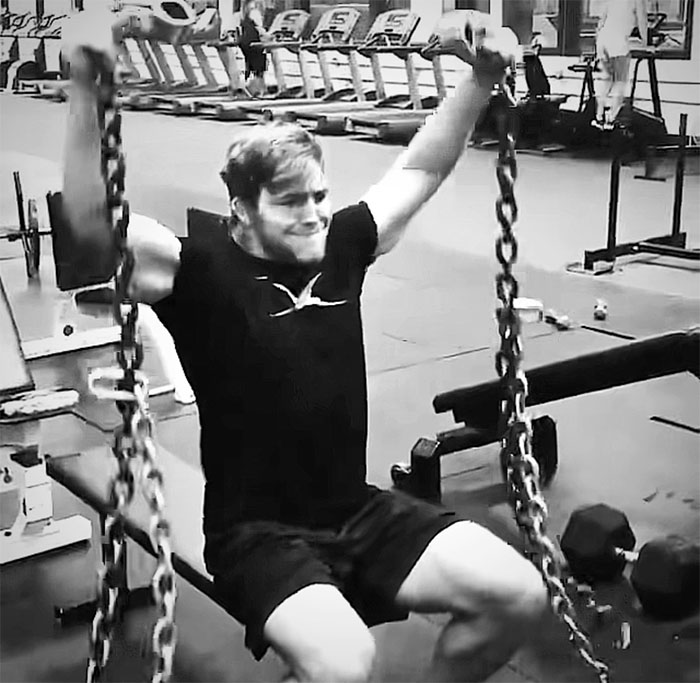

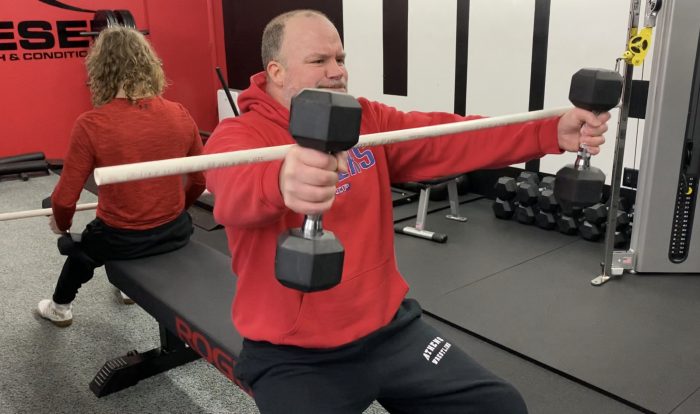
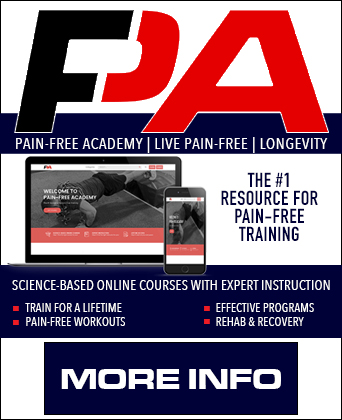

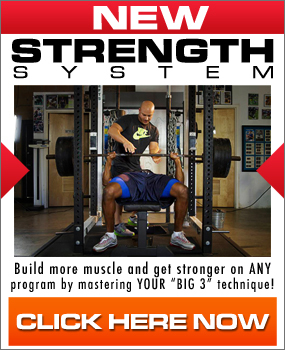
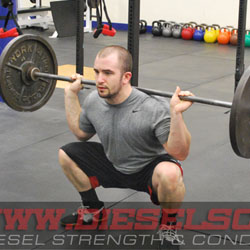


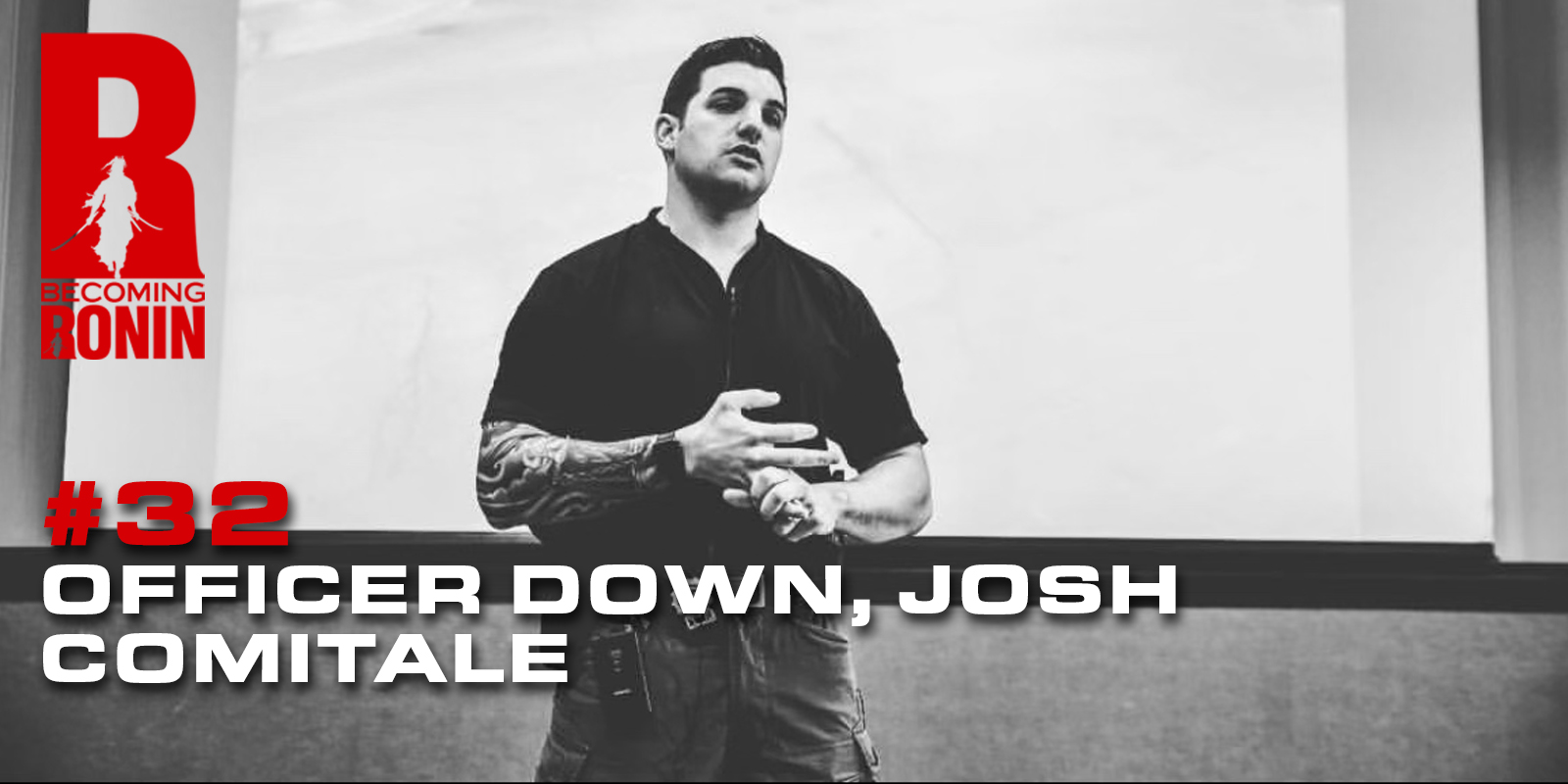
That really helps thanx for posting it